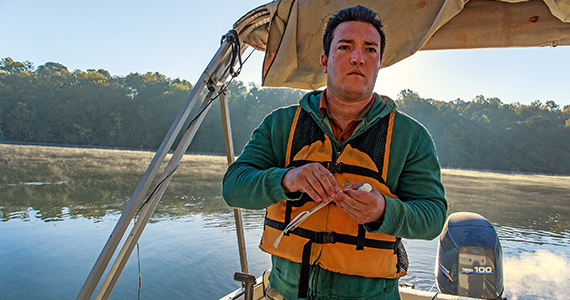In Louisville, the largest city in the US state of Kentucky, both old and new alike can be found, and often close together. Houses in need of renovation change in quick succession with newly refurbished facades; dissolved businesses provide the backdrop for newly established stores and cafés. Entire neighborhoods that had to struggle in the past are in the process of recovering. They are »in between,« as the locals would say in reference to a phase of radical change.
On the corner of South 12th and West Oak Street, just along the Southern Railway tracks, this feeling of progress and change is especially evident. From early morning until late into the evening, bolting, welding and other construction work are being performed at a new facility for the production of a new-generation catalyst. The massive structure consisting of several steel braces and colorful cables growing straight out of the ground into the future.
The new plant symbolizes Clariant’s strategy in the US: Maintaining proven production processes while constantly innovating to add new ideas and improvements. Here in Louisville, two catalyst manufacturing facilities are already fixtures in the community. They produce catalysts for use in various industries. The use of these catalysts enable companies to drastically reduce the consumption of energy and raw materials needed to make chemicals, and thereby minimize waste and greenhouse gases. Laboratories for research and development are located near these Clariant facilities to provide synergies between production and innovation.
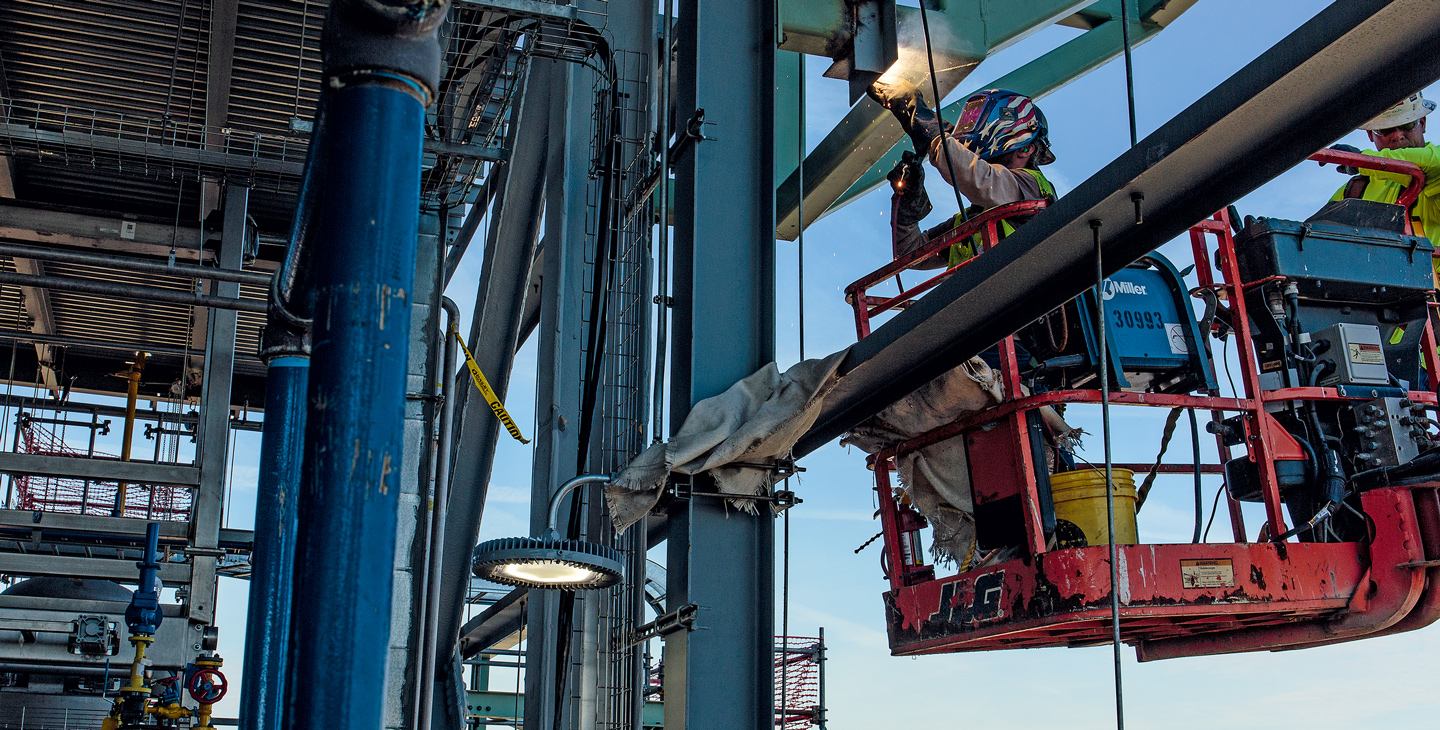
»The process of linking various skills together and the intercultural challenge appeal to me.«
In this center of excellence for catalysts, capacity for additional growth with marketable innovations is being created. The substantial investment project of the company is being developed and implemented in cooperation with CB&I, a market leader in the energy infrastructure sector. Hans-Peter Gabski, the German site manager who is responsible for the production of Clariant’s Business Unit Catalysts in the US, explains: »The entire Business Unit is oriented toward growth, and its largest site in Louisville will need to support that growth.«
On the construction site, no time was wasted. At peak times, three hundred craftsmen, all from US contracting companies, worked six days a week in 10-hour shifts. Armed with safety helmets and a sense of humor, they rose to challenges faced, got their job done on time, and were always optimistic. »Get the job done safely« was their most important guiding principle.
»Theoretically, Sunday shifts would also have been possible,« admits Project Manager Bernd Hirschberg who has already managed construction projects in multiple business units, »but then efficiency would have decreased.« And that would have affected what, quite possibly, he holds closest to his heart: carrying out such a project in a way that both eliminates accidents and conserves resources. Gabski agrees. »Deadlines should be kept,« explains the site manager, »but not by compromising occupational safety and environmental protection goals. We made this message clear right at the beginning.«
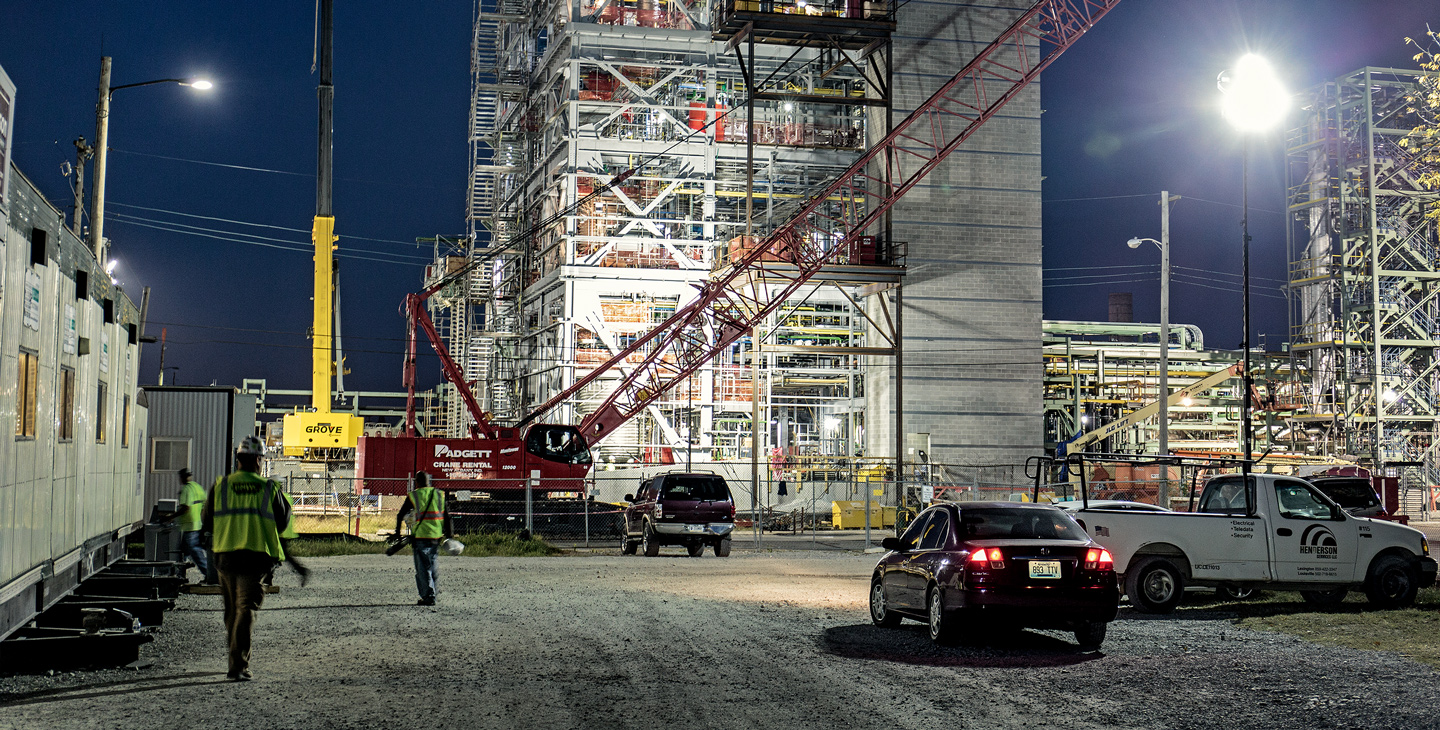
Sustainability and safety are prioritized in every phase and on all levels of the site. In the past two years, no accidents with downtime were ever recorded at the site – and this is their safety standard. The dedication to this project is obvious – Hirschberg and Gabski, despite being top managers, don their personal protective equipment at least once daily to check in on the construction site. They enjoy, as Gabski describes it, »the challenge of helping to erect such a facility.«
»This is no small feat,« he says, »and the work leaves its mark. But my motivation is fueled by countless experiences of achievement. I am an engineer. I am fascinated by the way in which such facilities are built and put into operation.« For Hirschberg, on the other hand, the »team experience« is the appeal of his mission – and in particular, the intercultural process »of linking the various skills together.«
Throughout the process, the European mentality has collided with the less formal culture in Kentucky on more than one occasion. Gabski explains that Clariant Excellence helped to ease the friction and increase efficiency throughout the collaboration. It has been no simple undertaking to »change the way we work.« This is the motto stated on the sign displayed in the »Louisville Clariant Excellence Mission Control Room«, which cannot be missed. For Gabski and the team, it has been a challenging process in which only change has remained the constant.
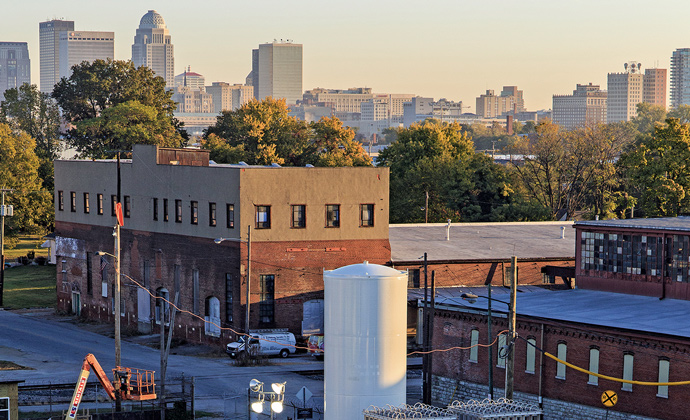
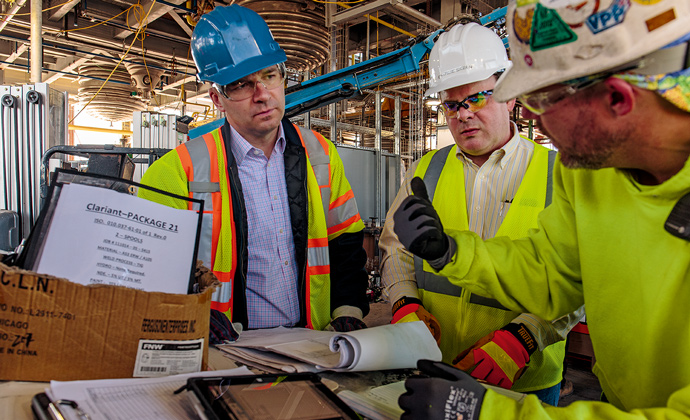
The process forced Gabski to re-think his firm attitudes: »Sometimes, people can no longer stand hearing when someone explains that something is done in such and such a way in Germany. But: our colleagues and co-workers here in Louisville let us know about this and we can then put that perspective aside.«
Changing oneself while also acting as an agent for organizational change is probably one of the most credible ways of showing one’s commitment to the mission. Today, Gabski is no longer a foreigner in »The Ville« but a citizen. His four children go to school here, and he and his wife make use of the many cultural offerings, from the theater to the Louisville Orchestra, which they support. Moreover, he has pushed to found a Community Advisory Panel with neighbors and stakeholders of the industrial plant to strengthen important relationships for the company and to further bring this great city, as Gabski calls it, forward. That also means: further towards structural growth.
The reinvention of Louisville had already begun years ago. Large amounts of public funds have flowed into the renovation of the infrastructure – for instance into bridge construction and the international airport, where a logistics giant operates its Worldport and employs over 20 000 workers. The Ford Motor Company has also invested USD 800 million into its two factories. Pharmaceutical and medical technology industries are developing large research centers, centers of excellence, and rehabilitation centers in the area.

»It’s extremely exciting to collaborate with the policy-makers here.«
In this context, Clariant’s initiative is arriving at just the right time. New high-quality jobs will be created at the production plant, increasing the head count for all three Louisville locations at 12th Street, Crittenden Drive and West Hill Street significantly. For Mayor Greg Fisher, this is »a strong signal of confidence in Louisville,« as he emphasized before the beginning of the construction work. His office provides a great deal of support, as Gabski comes to experience again and again: »It’s extremely exciting to collaborate with the policy-makers here.«
In this manner, Clariant’s project could become a catalyst on multiple levels – accelerating growth for both companies involved, as well as for the development of the Louisville metropolitan area. In any case, the chemistry between the participating parties is just right for sharing the expected success.


